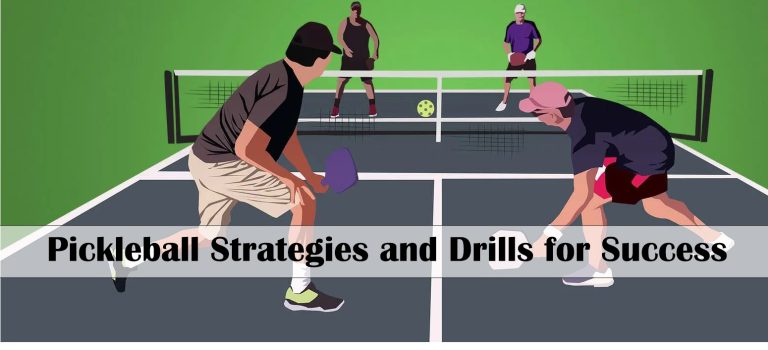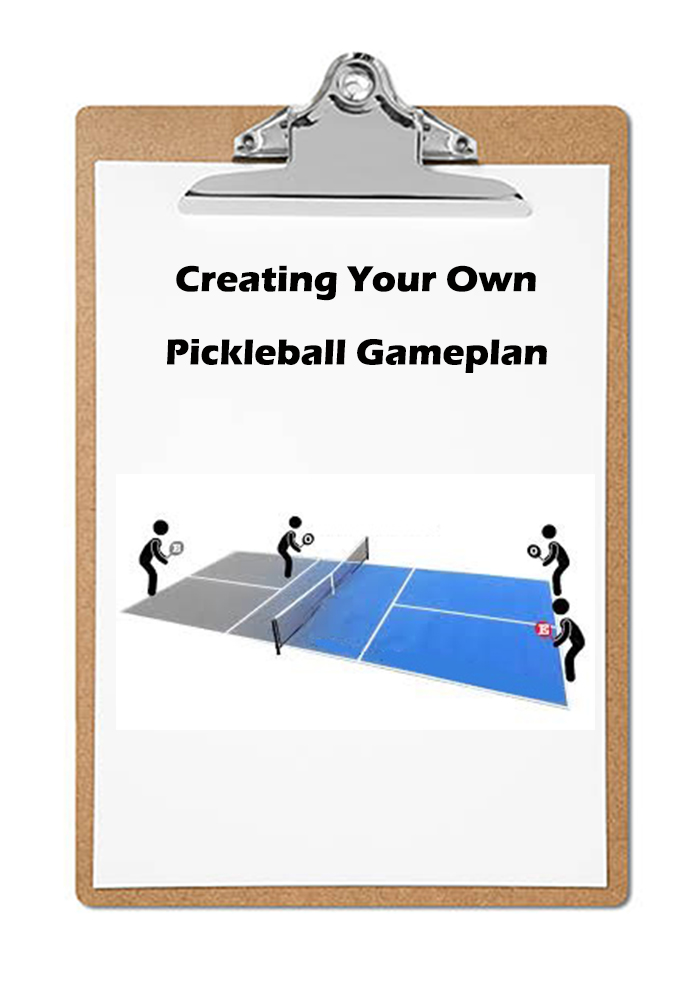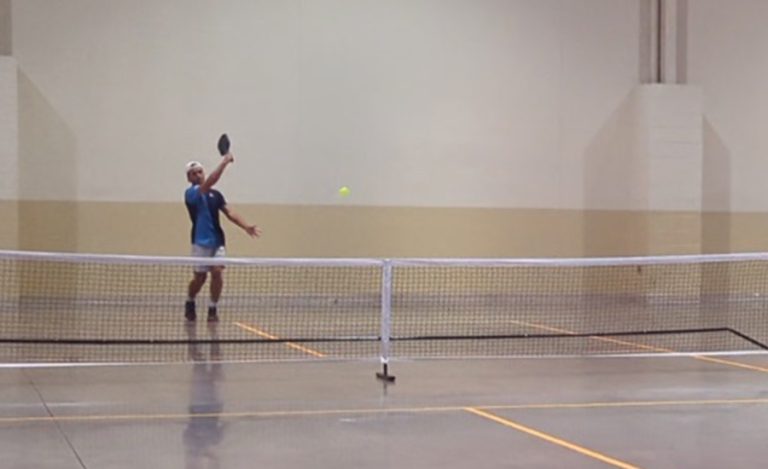The Basic Overall Strategy of Doubles Pickleball
Pickleball is a fast-paced sport that is gaining popularity across the United States, and as such, it is important for newcomers and spectators to understand the basic overall strategy of the game. In particular, understanding the logic behind the shot selections and why players make specific moves during each phase of a pickleball point can help improve the viewing experience.
The Importance of Net Control in Doubles Pickleball
In doubles pickleball, the main goal is to get your team to the net while trying to keep your opponents away from it. The team that controls the net controls the match. Therefore, the initial strategy goal in doubles pickleball is to get your team to the net, and the team away from the net is usually in a defensive mode and must work quickly toward getting to the net or they will likely lose the point.
When facing a team at the net, if you can’t get your team to the net, you have a 70% chance of losing the point. The team at the net has a huge tactical advantage over a team that is away from the net as they have a much wider choice of shot angles both horizontally and vertically. They can hit short dink shots or deep shots, as well as hit short sharply angled shots to the sidelines or deeper shots to the back corners. In contrast, players who are deep in the court have much more limited angles and shot choices.
The Four Phases of Tournament Play in Pickleball
In tournament play, most pickleball points go through four phases:
- Phase one – the formality phase, which includes the serve, return of serve, and the capture of the net by the service return team.
- Phase two – the service team struggles to the net. This is when the service team tries to advance to the net in order to level the playing field.
- Phase three – dinking. This is when all players are at the net, and everybody is playing cautiously so as to not let the ball get too high.
- Phase four – fast play at the net. This begins as soon as somebody slips up and lets the ball get high.
During the formality phase, the serve and the return of serve are rather plain shots. Unlike in tennis, the server only gets one chance at making a serve, and the harder you hit the ball, the less control you have over its direction. A deep return is ideal, but many players will hit it deep by hitting it slightly higher, other than harder, as the serving team must let the service return shot bounce before hitting it. The return of serve is usually directed down the middle or to whichever player is expected to make a weaker third shot.
After hitting the return, the most important thing the service returner must do is get fully to the no volley zone line to be alongside their partner before the serving team hits the ball back. It’s especially important to volley back the third shot whenever possible to stop the serving team from advancing toward the net. If the service return team misses the volley opportunity and waits for a bounce, the chance to hold back the serving team is likely lost along with the strategic advantage.
Basic Overall Strategy of Doubles Pickleball
Understanding the basic overall strategy of doubles pickleball can help newcomers and spectators appreciate the game and the logic behind the shot selections. It is crucial to get your team to the net and control the match, and the phases of the game progress quickly, so it is important to make strategic decisions quickly and confidently.








2 Comments